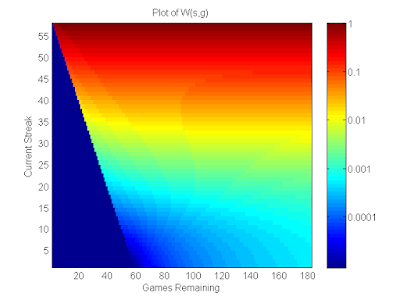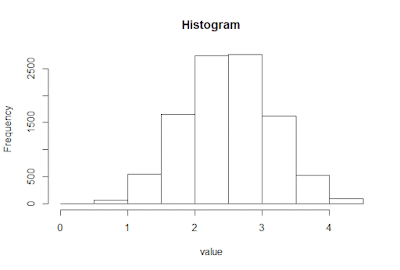A Neat Random Walk Problem
As many of the people that read this blog probably know, I enjoy inventing math problems, especially problems that are probabilistic in nature, and then working out the math to solve that problem. In this blog post, I will introduce one problem that I solved that I think is particularly elegant: You are randomly walking along the x-axis starting at \( x=0 \). When you are at \( x = n \), you move to \( x = n-1 \) with probability \( p = \frac{n}{n+1} \) and to \( x = n+1 \) with probability \( p = \frac{1}{n+1} \). What is the expected number of steps until you return to \( x = 0 \) for the first time? This problem differs from standard random walk problems because the probability of moving left and right along the x-axis depends on your current location. In this problem, there is a force that is pulling you towards \( x = 0 \), and the further away you get, the more of an effect this force has on you. Show/Hide Solution So how do we go about solving this problem? When...





